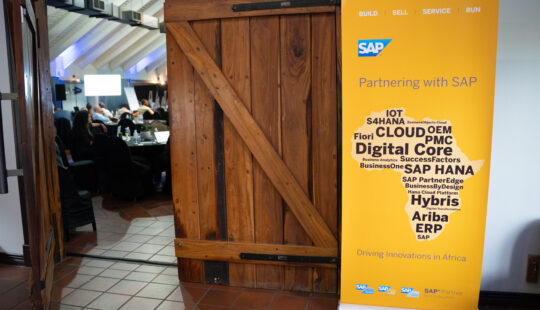While the deadline for migrating to S/4 HANA has been extended to 2027, giving businesses a slight reprieve, SAP ECC is reaching end of life, and companies should consider making the move sooner rather than later.
For many organisations, this is somewhat of a daunting task. S/4HANA is not simply a new version of software, but an entirely new solution with new technology, that requires a shift in mindset as well as product training.
However, it also offers significant enhancements in line with digital transformation strategies, and an opportunity for improvement in many areas.
The right partner can help to smooth the migration with change management and comprehensive toolsets, to minimise disruption and maximise the benefits.
Simpler, faster, more intelligent
Migrating from SAP ECC to S/4HANA actually delivers significant benefits rather than being a challenge. The two technologies are fundamentally different, however, S/4HANA has been geared toward evolving needs and is far more suited to business needs today and of the future. The most fundamental difference is the simplified data structures and application landscape.. S/4HANA adopts the capabilities of the SAP HANA, a native in-memory engine which allows for real-time computing and analysis of any data type.
In addition, the business processes that each module is built on have been simplified. The user interface is more intuitive, personalised and interactive, with an app-based look and feel rather than the traditional blue screen. New technologies like Artificial Intelligence (AI) and machine learning are built into S/4HANA and guided configurations make implementations faster, with subsequently lower cost implications.
Thanks to these greatly simplified systems and processes, resources can be freed up from operational duties to focus on more critical areas that address business challenges.
Toolkits and technical expertise
While SAP has worked to ensure migrations are as smooth and seamless as possible, there is always room for error. One of the foremost mistakes businesses could make is selecting the wrong migration path, from the choice of a new implementation, a system conversion or a landscape transformation. Selecting the correct one is key to future success, which means that it is critical to analyse the environment first, before a migration begins.
Toolkits can assist businesses throughout the process. Performing readiness assessments is the first step to ensure that existing processes in the current system are well understood. These toolkits help businesses plot out a roadmap for migrating the landscape, while others can examine the entire SAP environment holistically to ensure that businesses make the best decisions on platforms , database sizing, archiving/historization, change management, security and more.
The right partner for the job
Thought leadership, design, change management, training, building and supporting the S/4HANA environment are all key elements to success. A certified and experienced partner, with successful references and knowledge not only of migrations but end-to-end transformational services, can assist businesses to smooth the path towards their S/4HANA implementation.
Migrating to S/4HANA is not simply a version upgrade but a wholesale change. There is always risk involved, especially when there are customisations involved, and it takes experience to understand how best to adapt this. However, the right partner, using the right toolkits, will ensure that best practices are applied and the challenges are minimised. This empowers businesses to leverage the next generation, streamlined and highly efficient ecosystem of S/4HANA.



